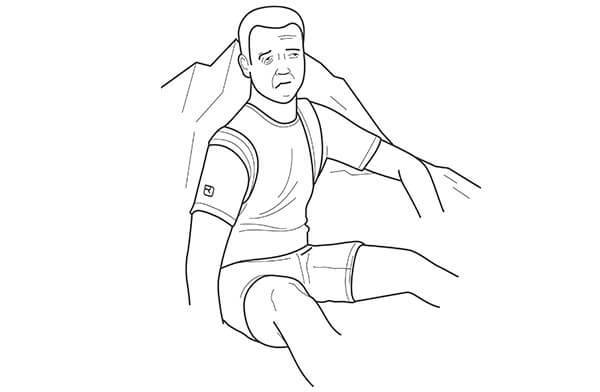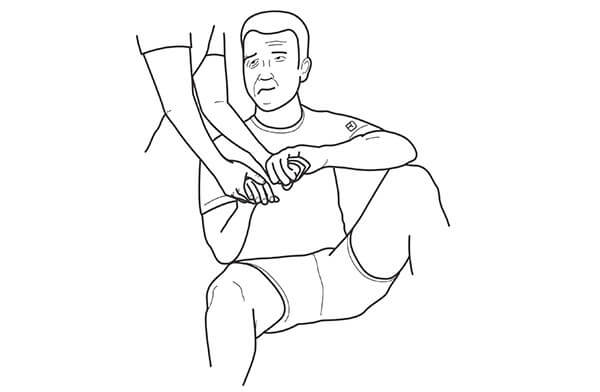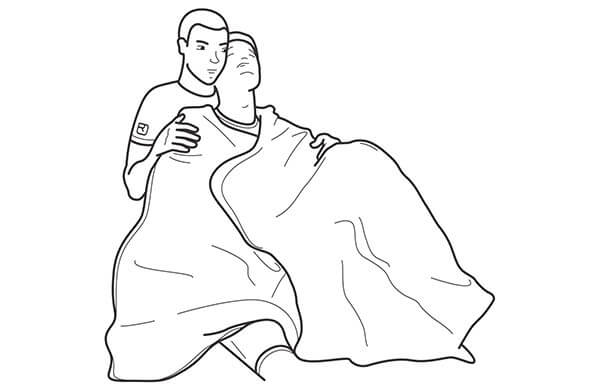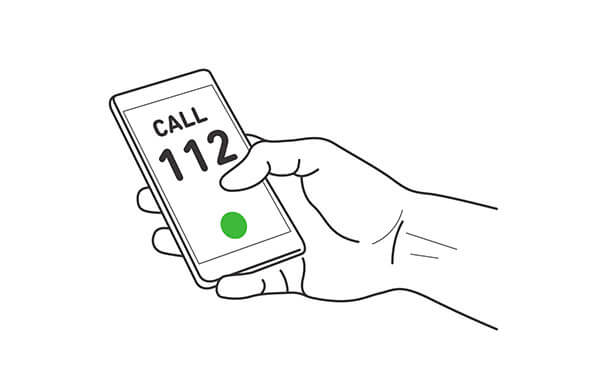Stroke
Strokes are a rare occurrence in the mountains. In addition to the classic at-risk group of people with high blood pressure, diabetes, high cholesterol levels and smokers, the condition can often affect women who take the contraceptive pill. A stroke can also result from overexertion.
Typical symptoms for a stroke include:
- sudden onset of severe headache
- nausea/vomiting
- weakness/numbness on one side, with possible signs of paralysis
- drooping mouth/eyelid on one side
- speech impairment / difficulty swallowing
- problems with motor functions
- visual impairment
- change in behavior
These symptoms may not all be present or not all simultaneously. They may also appear in a milder form. However, a stroke is always a life-threatening situation.

If there is reason to suspect a stroke has occurred, you should carry out a quick check: Give the ill person your hands and tell them to squeeze them as firmly as possible. If one hand is weaker than the other, your suspicions may be correct. NOTE: Even if pressure is equal in both hands, a stroke should NOT be ruled out.
You should make an emergency call as soon as possible. Rapid hospitalization means rapid assistance and an improved chance of recovery.

If the ill person is wearing restrictive clothing, loosen it at the neck. Release the hip and chest straps of the backpack and remove or loosen the climbing harness if necessary.

In addition to making an emergency call, the most important thing is to keep the ill person calm and provide psychological support. If you have a bivy bag, place it under the ill person, ideally with an empty backpack underneath for insulation. Then wait together for the rescue team to arrive.


